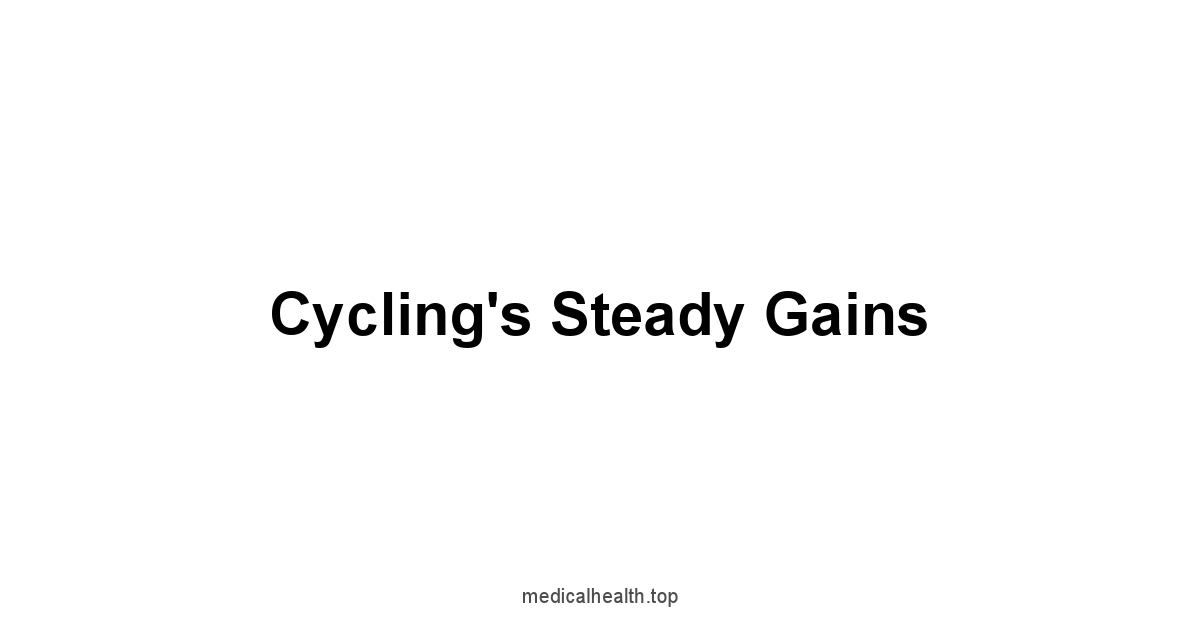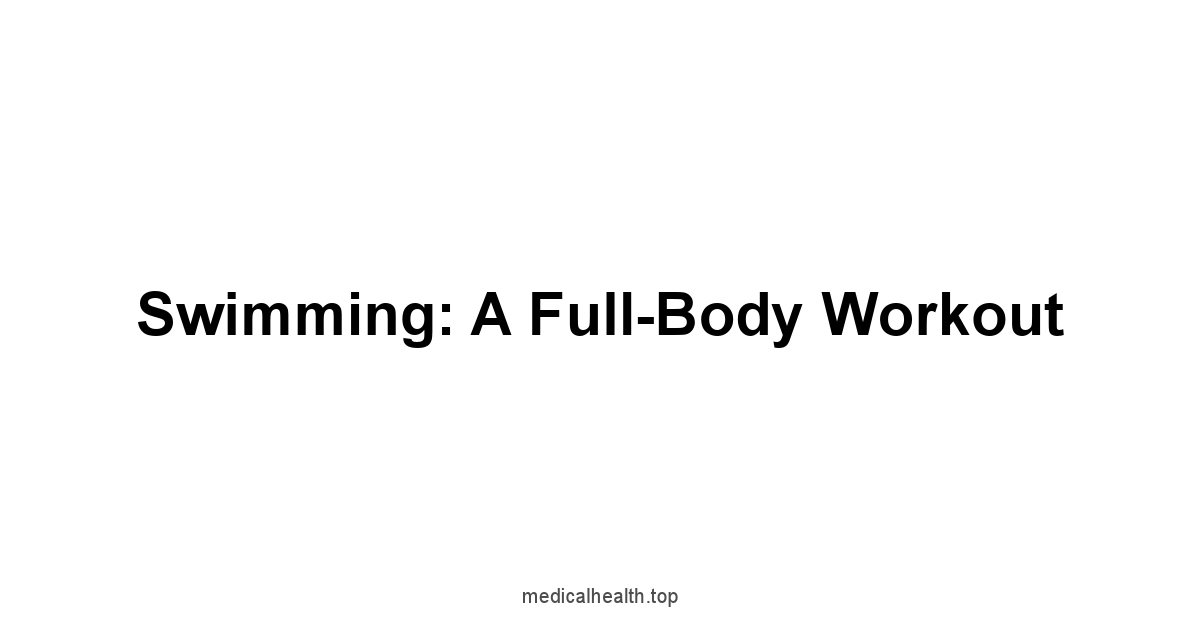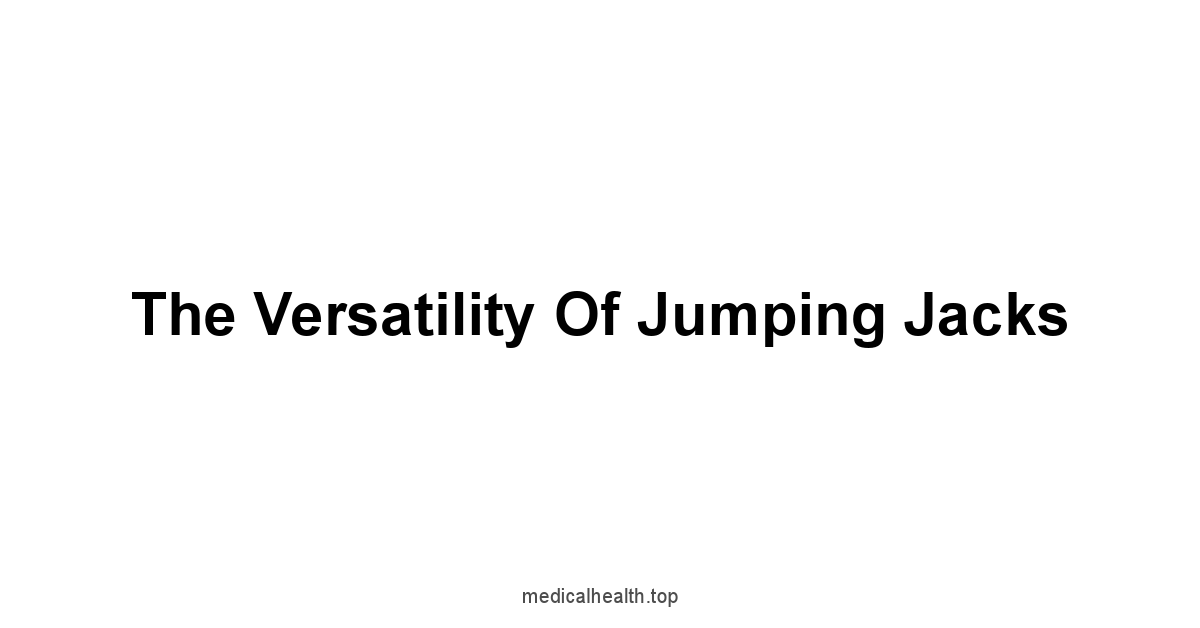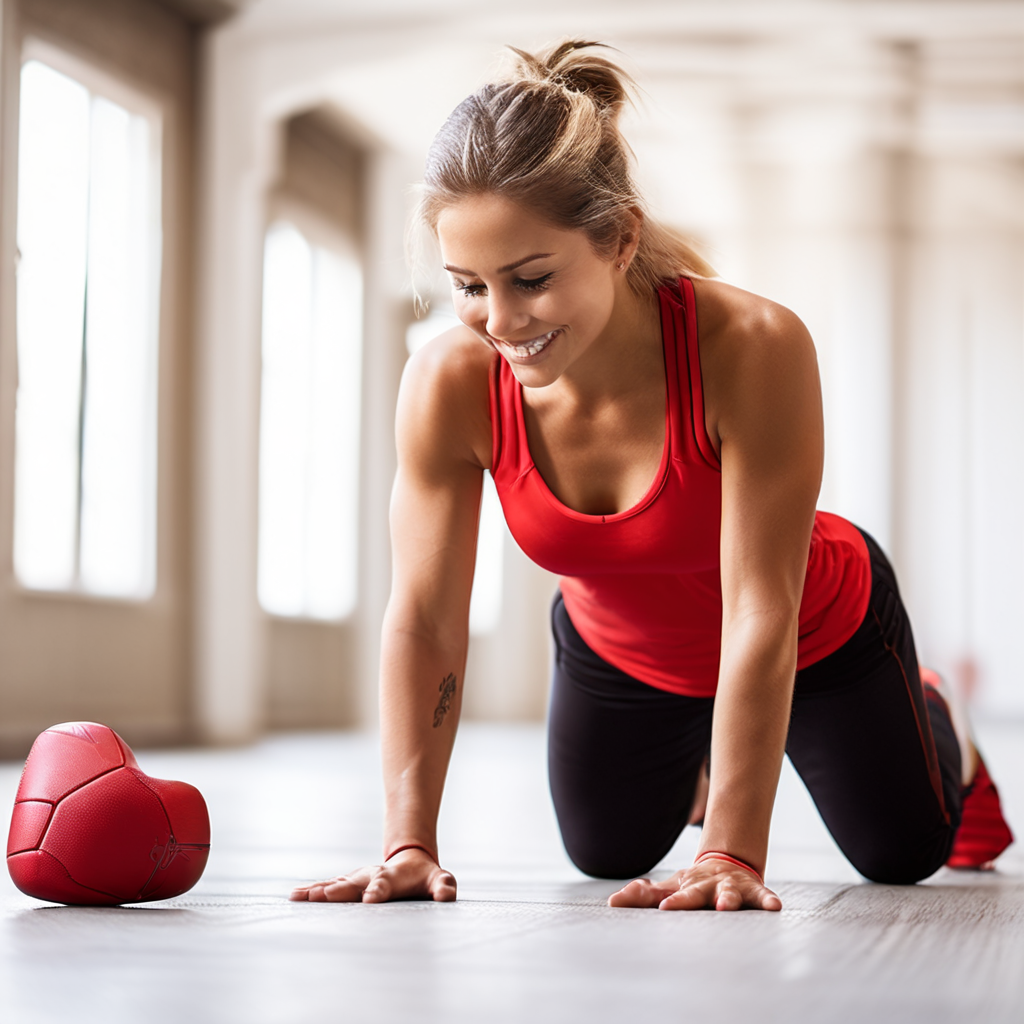Alright, listen up.
You want a stronger heart, you don’t need fancy gyms or some guru yelling at you.
Five simple things, that’s all it takes, like a good shot of whiskey, straight to the point.
First, a walk.
Not some leisurely stroll, a brisk one, where you feel it. One foot in front of the other, like you mean it.
The American Heart Association, they say this stuff cuts the bad heart stuff by half.
Half, you hear? Just putting one foot in front of the other.
Some smart guys in the Journal, they say a 30-minute walk, and stroke risks drop. That’s better than a bad hand of cards. You find your pace, that’s what matters.
- Listen to Your Gut: Not like it’s some army drill, hear what your body is saying.
- Start Easy: Warm-up, don’t go running like a bull.
- Step It Up: Bit by bit, the tempo, you got it.
- The Chat Test: You can talk, but not sing like some drunk, you’re doing it right.
No need for fancy gear, just shoes that fit and clothes that breathe.
This ain’t a fashion show, it’s about practicality.
Next up: running.
More intense, the pavement smacking your feet, it’s about lasting, not sprinting. Find the rhythm, the blood’s going.
Start slow, some walking, some running, intervals, they call it. Like a dance, a minute running, a few walking.
Listen to your body, learn to run right, back straight, lean forward a bit, short strides, don’t go swinging all over the place.
| Technique | Description | Importance |
|---|---|---|
| Back | Straight, little lean | No back pain, makes you faster |
| Foot | Landing on the middle | Less bad for joints |
| Arms | Loose, moving back and forth | Balance, keeps the rhythm |
| Steps | Not too long, feet under your body | No pain, makes it work better |
Then there’s cycling.
On a mountain, a bike path, even in your house on a machine. Easy on the joints. You set the pace, you decide how hard it is.
Not about some fancy bike, comfort and dependable, that’s what it is.
If it’s sunny, go for it, if it’s raining, then you can stay inside.
Put some resistance on the stationary one, that’s the trick.
You make it routine, like your morning coffee. Start short, make it longer, you’ll get it.
| Aspect | Inside Cycling | Outside Cycling |
|---|---|---|
| Weather | Doesn’t matter | Rain or wind, it all matters |
| View | Same old scene, always | Trees, roads, different places |
| Safe | Less dangerous | Cars, trees, you need to be careful |
| Track | Easy to see the time and how far | Gotta have a GPS to know where you are |
Swimming, it works all of you, every muscle. Easy on the joints too. It’s all about breathing, get the timing right. Freestyle or breaststroke, that’s where you start. Every stroke, another way to work the body. Warm-up, learn those strokes, cool down. It will get the most out of your time.
Pool Plan, Easy one
| Phase | Activity | How Long | Notes |
|---|---|---|---|
| Warm-up | Light swims, gentle stretches | 5-10 mins | Get going |
| Main set | Freestyle, with some rests | 15-20 mins | Swim, rest, swim |
| Kick with the board | 5 mins | Use the board | |
| Pulling stuff | 5 mins | Use the thing to help with your stroke | |
| Cool-down | Light swims, stretch a bit | 5-10 mins | You’re done |
| Total time | 35-50 mins |
Lastly, jumping jacks. Easy, but they work.
Feet together, jump out, arms up, full body, no gear needed.
Do it anywhere, like a drunken dance, but with purpose.
It’s about doing it right, not fast, get the control. Start with 10 or 15, rest, do it again. Do it with the others or do it alone.
If it’s too much, just step out, move your arms how you like, it’s about what works for you.
These five things, they ain’t some magic fix, it’s how you start, the foundation. That’s all there is to it.
The Power of a Brisk Walk

A simple walk. Not a stroll, mind you, but a brisk walk.
It’s the easiest thing, something you’ve done since you were a kid, but that doesn’t mean it’s not powerful.
It’s the first step, literally, in getting your heart in better shape, a gentle way to make it stronger.
A brisk walk gets the blood flowing and your heart working harder, it’s a gentle push to start making some positive changes, a foundational element for cardiovascular improvement.
Walking isn’t something you need to overthink.
No special equipment required, no complex moves to master.
It’s just putting one foot in front of the other, a basic human action that has an amazing impact on your health.
The simplicity is its strength, the accessibility is its virtue.
It’s the best kind of exercise, the kind that doesn’t ask much but gives back a lot.
It’s the baseline from which other, more strenuous, exercises can be approached.
Finding Your Pace
Finding your pace is not about racing, it’s about finding the tempo that makes you breathe a bit harder, the pace where you can feel your heartbeat increase.
It’s the point where you know your body is working without being strained.
You’ll need to feel it, not push it, the right pace for you will vary. It’s about feeling the rhythm.
Start with a comfortable stroll, then gradually increase your speed.
Note how your body responds, and when you begin to feel slightly breathless, that’s probably the beginning of your “brisk” pace.
If you are able to hold a conversation but not sing, then you’re in the right zone.
Keep that in mind and monitor how your breath feels as you pick up the pace.
Finding your pace is personal, a kind of self-discovery with each step, so pay attention to it.
- Listen to your body: Don’t push yourself too hard.
- Start slow: Warm up with a gentle pace.
- Increase gradually: Pick up the speed little by little.
- The talk test: If you can talk but not sing, that’s about right.
The Right Gear for Walking
The gear for walking is simple, it’s not a fashion show.
It is about practicality, about comfort so that you can focus on the walk itself.
Your shoes are important, though, they should fit, they should support your feet, and should not cause blisters.
The rest of it is just about comfort, something you feel good in so that you will go out and actually walk, because all the gear in the world won’t help you if you stay inside.
Comfortable clothes, ones that breathe and allow you to move, that’s all you need. Consider the weather, of course. A hat for the sun, layers for the cold.
That’s the simple and practical truth of walking gear, nothing to overthink.
A good pair of walking shoes is an investment, but it’s an investment in yourself, so make sure they fit properly.
- Shoes: Supportive and comfortable walking shoes.
- Clothing: Loose, breathable fabrics.
- Weather gear: Hat, sunscreen, and layers as needed.
Walking with Purpose: Setting Goals
Goals are the compass for the walk, without them you are just wandering, they give the walk intention and purpose.
They should be simple, achievable steps that lead to bigger improvements over time.
Your goals will be your personal targets, they are for you, not for anyone else.
Start with something easy, like 20 minutes a day, a few days a week.
Then, gradually increase the time, the distance, and the days.
Track your walks, note how you feel, and adjust as needed.
Make your goal something that is challenging enough but also something that you can stick with. For example, a goal might look like this:
- Week 1: Walk 20 minutes, 3 days a week.
- Week 2: Walk 30 minutes, 4 days a week.
- Week 3: Walk 35 minutes, 5 days a week.
- Week 4: Walk 40 minutes, 5 days a week, increase pace slightly.
| Goal Element | Example |
|---|---|
| Duration | 30 minutes per session |
| Frequency | 4 days per week |
| Intensity | Brisk pace, talk test |
| Progression | Increase by 5 min/week |
The Rhythm of Running

Running, it’s a step up from walking, a more intense exercise.
It’s a rhythm, the pounding of feet on pavement, the surge of your blood pumping, it’s a way to push your heart a little harder.
Running isn’t just about speed, it’s about endurance, the consistent effort, the will to continue.
It’s another level of engagement, you’re more committed, you work harder.
It isn’t about being a marathon runner, it’s about moving faster, covering more ground.
Like walking, you have to find your rhythm, your natural pace.
It’s a simple action that is difficult at first but it gets better.
You have to be patient, you have to pay attention to your body, and you have to be disciplined. It’s about testing your limits, about improving.
It’s about building a stronger heart, a stronger body.
Beginner Running: Start Slow
Don’t try to run a marathon on your first try, that’s a sure way to end up in pain. Start slow, walk some, run some.
It’s about finding the pace that your body can handle, without making it want to quit. It’s a matter of pacing yourself and not rushing.
You need to listen to what your body is saying, don’t push too hard, and avoid injury. You have to build your foundation gradually.
Start with a mix of walking and running, something called interval training.
Walk for a few minutes, then run for a minute or two.
Repeat this pattern, and slowly increase the running time.
It’s not about speed in the beginning, but about duration, about consistency.
Your goal should be to build up the stamina, then, and only then, can you begin to focus on speed.
- Warm up: Always start with a brisk walk.
- Intervals: Mix walking and running.
- Run time: Short bursts to begin with.
- Cool down: Finish with a walk.
- Rest: Allow your body to recover.
Form and Technique: Essential Running
Form, it’s as important in running as it is in anything else, it’s not just about putting one foot in front of the other.
It’s about how you hold your body, how your feet hit the ground, and how you move your arms.
Proper form will make your running more efficient and will help to prevent injuries.
It’s about being aware of your body and using it correctly.
Keep your back straight, lean forward slightly, and let your arms swing naturally.
Don’t over stride, keep your feet landing under your body. Land on the midfoot, not on your heel.
These are the fundamentals, and it’s important to get them right from the start.
It takes time to develop good running form, so focus on it, and it will get easier over time.
| Technique | Description | Importance |
|---|---|---|
| Posture | Upright, slight forward lean | Prevents back pain, improves efficiency |
| Foot strike | Midfoot landing | Reduces impact on joints |
| Arm swing | Relaxed, moving forward and back | Helps with balance and rhythm |
| Stride | Avoid over striding, keep feet under body | Prevents injury and enhances efficiency |
Progression in Running: Distance and Speed
Progression, that’s the key to improving, it is how you take your running to the next level.
Increase the distance and then the speed, but not all at once.
You have to be gradual, you have to listen to your body.
It’s a slow increase, step by step, and don’t get ahead of yourself.
You will improve slowly if you allow it, so be patient.
Once you can run comfortably for 20 to 30 minutes, start adding more distance. Increase by no more than 10% per week.
Once you’ve increased your distance, you can start working on your pace. Include some faster running, but don’t overdo it.
It takes time to improve, so keep working consistently and you will see the results you want.
- Distance first: Build up your running time.
- Increase gradually: No more than 10% per week.
- Pace training: Introduce faster segments.
- Listen to your body: Rest when you need it.
- Consistency: Regular practice is crucial.
Cycling’s Steady Gains

Cycling, it’s not just for kids, it’s an excellent way to get a good cardio workout without putting too much stress on your joints.
It’s a steady rhythm, the turning of the pedals, the wind in your face, and a way to go farther than you can on foot.
It’s a good way to get a good workout and it can be done anywhere.
It’s an exercise that is easy on the body, you can adjust your pace and the resistance.
You can start slow and then work your way up, it’s a gradual increase in intensity.
It’s a great way to build cardiovascular strength, improve endurance, and explore your surroundings, all at once, if you are outdoors. Cycling is a very practical exercise.
Finding Your Bicycle
Finding a bicycle, it’s not about getting the fanciest one, it’s about finding one that fits you and your needs. You don’t need a racing bike to start.
It needs to be the right size, it should be comfortable, and it should be reliable, and something that you’re comfortable riding, because if it’s not then you will not ride it.
Consider the type of riding you’ll be doing.
For casual rides on paved paths, a hybrid or comfort bike is good.
For more serious riding, a road bike or a mountain bike might be better.
The fit is critical, the seat should be comfortable, and the handlebars should allow you to sit upright comfortably, and the frame should not be too large or too small.
Test out a few bikes and find the one that feels right for you.
- Fit: The bike should fit your height.
- Type: Choose based on your riding style.
- Comfort: Ensure seat and handlebars are comfortable.
- Test ride: Try before you buy.
Indoor vs. Outdoor Cycling
Cycling can be done indoors or outdoors, each with their own advantages and disadvantages, but they are both great.
Indoor cycling is consistent, it can be done at any time, you are not affected by weather, it’s good for structured workouts.
Outdoor cycling, though, offers the beauty of the world around you, a connection to nature, and a change of scenery, as well as some nice vitamin D.
Indoor cycling on a stationary bike is great for controlled sessions, perfect for when you want specific workouts and if weather is bad, it also allows you to track data such as your time and distance.
Outdoor cycling is about freedom and exploration, which will motivate you to ride more, as it makes the exercise more enjoyable.
There is a place for both depending on your circumstances and preferences.
| Aspect | Indoor Cycling | Outdoor Cycling |
|---|---|---|
| Weather | Not a factor | Can be affected by rain, wind, etc. |
| Environment | Controlled, can be repetitive | Change of scenery, connection with nature |
| Safety | Generally safer | Requires awareness of traffic and terrain |
| Tracking | Easy to track time and distance | More reliant on GPS devices |
Making Cycling a Routine
Making cycling a routine, it’s about consistency, it’s about making it a regular habit, not just something you do once in a while.
Pick a schedule, stick to it as much as possible, the routine will keep you going.
Set a goal for yourself, and then keep going after that goal is achieved.
Start with a few short rides each week, and then gradually increase the frequency and duration. Find a time that works for you, and stick with it.
Ride with a friend for motivation, and find cycling paths that are safe and enjoyable.
Find the joy in the riding, and it will become an essential part of your life and not just a workout.
- Schedule: Plan your rides and stick to it.
- Start small: Begin with short, frequent rides.
- Motivation: Ride with a friend or group.
- Routes: Choose safe and enjoyable paths.
Swimming: A Full-Body Workout

Swimming, it’s a full-body workout, it’s not just about moving your arms and legs, it’s about using every muscle in your body.
It’s a low-impact exercise, so it’s great for people who have joint problems, and the buoyancy of the water makes it easier on the body, yet still hard work for your cardiovascular system. It’s a challenge, but also very relaxing.
It’s a great way to improve your cardiovascular health, but it also helps to build strength, endurance, and flexibility.
Swimming can be a challenge at first, but with practice, it becomes more enjoyable.
It is a very good all around exercise that many can do. It is both a relaxing and challenging exercise.
The Basics of Swimming Strokes
The basics of swimming strokes, that’s what you need to start, you don’t need to be a professional swimmer to benefit from the exercise.
The strokes are the building blocks to swimming, the proper form makes a difference in efficiency and effectiveness.
Start with basic strokes like the freestyle or the breaststroke, and then gradually learn others.
Freestyle, it’s the most common stroke, the arms move in an alternating pattern, while you kick.
Breaststroke, it’s more like a frog kick, and the arms move in a circular motion.
Start slow, concentrate on your form, and then gradually increase your speed and distance.
These are the fundamentals, learn them correctly, and your swimming will improve.
- Freestyle: Alternating arm movements, flutter kick.
- Breaststroke: Circular arm movements, frog kick.
- Backstroke: Alternating arm movements, flutter kick while on your back.
- Butterfly: Simultaneous arm movements, dolphin kick more advanced.
Breathing Technique in Water
Breathing in the water, it’s not the same as on land.
You have to learn how to breathe properly so you can swim longer.
It’s about timing your breaths, and it’s something you need to master in order to swim well.
Breath control is very important in swimming, and it may take some practice to get it right, but once you do, your swimming will get much easier.
Exhale fully into the water, then rotate your head to the side to take a quick breath, then put your head back down in the water.
This is the general breathing technique for freestyle, but each stroke has a slightly different breathing pattern.
Practice makes perfect, the more you do it, the easier it becomes.
It’s a natural process that you need to get used to.
- Exhale fully: Into the water.
- Quick breath: Rotate head to the side.
- Rhythm: Coordinate with your strokes.
- Practice: The more you practice, the better you become.
Pool Workout Plan for Beginners
A pool workout plan for beginners, it’s about starting slow, about building up your endurance and strength in the water, and not trying to be an expert right away.
Start with simple things, focus on your form, and progress gradually.
You should have a plan for your pool visits, and it should include warm-ups, stroke practice, and a cool down.
Start with some easy swimming laps, and then work your way up, slowly.
Do some drills, like kicking with a board or using a pull buoy.
You don’t need to swim long distances to see some benefit.
Include short rest periods between sets and listen to your body. It’s about progress, not perfection. Here is a good example of a plan:
Pool Workout Plan for Beginners
| Phase | Activity | Duration | Notes |
|---|---|---|---|
| Warm-up | Light swimming, gentle stretches | 5-10 minutes | Prepare your body for the workout |
| Main set | Freestyle laps with rest intervals | 15-20 minutes | Alternate swimming and rest to build endurance |
| Kicking drills with a kickboard | 5 minutes | Focus on kicking technique and leg strength | |
| Pull buoy drill | 5 minutes | Focus on arm stroke technique and upper body strength | |
| Cool-down | Gentle swimming, light stretching in the water | 5-10 minutes | Helps with muscle recovery, end slowly |
| Total time | 35-50 minutes |
The Versatility of Jumping Jacks

Jumping Jacks, they seem simple, a childhood exercise, but they can be very good for your cardiovascular health.
They’re simple to do, you don’t need any equipment, and they can be done anywhere.
Jumping jacks are a full body workout that will get your heart rate up and increase your body’s metabolism. It’s a good exercise to add to your routine.
They’re a quick and easy way to get your heart pumping, and they will improve your overall fitness.
They also help with coordination, and they strengthen your leg and arm muscles.
Jumping jacks can be modified to fit any fitness level and are an effective way to start and end your workout. This is why they are such a versatile exercise.
Proper Jumping Jack Form
Proper jumping jack form, it’s essential, it may seem like such an easy exercise that you can just go at it, but it is important to perform jumping jacks correctly to avoid injury and maximize the benefits. Pay attention to how you do them.
It is about doing the exercise right, not just about doing it fast. Proper form means a better workout.
Start with your feet together, your arms at your sides, then jump, spreading your legs to the side, and raising your arms overhead, then jump back to the starting position.
Keep your core engaged and maintain an upright posture, and do it in a smooth motion.
The key is control and precision, not just speed, your form matters.
- Starting position: Feet together, arms at sides.
- Movement: Jump, spread legs, raise arms overhead.
- Core: Keep your core engaged for stability.
- Posture: Maintain an upright posture.
- Smooth motion: Avoid jerky movements.
Jumping Jack Workout Plan
A jumping jack workout plan, it doesn’t have to be complicated, just something that you follow.
You can work them into your current workout routine, or as a simple standalone routine, they are versatile enough to fit into any plan.
It’s not about how many you do, it’s about how you do them, start slow and gradually build.
Start with sets of 10 to 15, and then rest, repeat the sets several times, and then gradually increase the number of repetitions and sets.
You can also incorporate them into interval training.
Combine jumping jacks with other exercises to make your workout even more effective. It’s a simple way to get a good workout.
| Workout | Reps/Duration | Sets | Notes |
|---|---|---|---|
| Warm up | 2 minutes | 1 | Light movement to prepare muscles |
| Jumping jacks | 15 reps | 3 | Rest 30 seconds between each set |
| Rest | 60 seconds | – | |
| Jumping Jacks | 20 reps | 3 | Increase reps slightly, rest 30 seconds each set |
| Cool down | 2 minutes | 1 | Light stretching, slow the pace |
Modifying Jumping Jacks for Fitness Levels
Modifying jumping jacks, that’s important, you have to find the way to do them that fits your own fitness level.
You can adjust the intensity to accommodate your fitness level and any physical limitations you may have, it’s about making it work for you.
If the regular version is too intense then you should make some changes so that you are able to do the exercise.
If the standard jumping jack is too difficult, start with a step-out version, move one leg at a time.
You can also modify your arm movements, raising your arms only halfway or modifying the pace and range of motion as needed.
It’s about adapting the exercise to your needs and working up to the full version of the exercise.
The goal is to make the exercise work for you, not the other way around.
- Step-out version: Step one leg out at a time.
- Modified arm movements: Raise arms only halfway.
- Reduced impact: Slow down the pace.
- Reduced range of motion: Don’t jump as high or wide.
- Listen to your body: Adjust as needed.
Conclusion
These five exercises, walking, running, cycling, swimming, and even jumping jacks, are not about transformation, they are about the slow, steady improvement of your cardiovascular system.
It’s about finding the movement that fits your life, the exercise that doesn’t feel like a chore, but a natural extension of your day.
Start small, don’t try to become an athlete overnight.
You’ll find, with each step, with each pedal, with each breath in the water, that your heart is getting stronger.
The simplicity of these exercises is their power, it’s about the consistent effort, the daily choices that lead to a healthier, more resilient you.
The key to any exercise plan is consistency.
The science is very clear about the benefits of regular cardiovascular exercise, with studies showing significant reductions in heart disease risk through consistent physical activity.
A meta-analysis published in the “Journal of the American Medical Association,” found that even moderate levels of physical activity are linked to a 14% decrease in the risk of heart disease.
It’s not about the intensity of the exercise, it’s the regularity of it, the days you show up and move your body.
Build exercise into your routine like brushing your teeth, something you do without question.
Over time, you’ll see not just a difference in your fitness, but a noticeable increase in your overall well-being.
There will be days when it’s easy and days when it feels like a struggle, but you have to keep moving, even on those hard days.
The exercises mentioned here aren’t about perfection, but about progress, about the subtle shifts in your body and mind, and about having a positive effect on your health.
Don’t compare yourself to others, just pay attention to the improvement you are making yourself, and to your body.
Embrace the process, the small victories along the way, and over time, those small victories will add up to something truly significant.
So, whether it’s a brisk walk, a short run, a bike ride, swimming, or a set of jumping jacks, do it.
Do it for your heart, do it for your health, do it for yourself.
The benefits are too significant to ignore and the steps to achieve them are simple.
Remember this isn’t a race, it’s a journey, and the best pace is the one you can maintain, that you can enjoy.
Each of these simple exercises is an investment into a stronger, healthier future, and the best time to start was yesterday, but the next best time is today.
Frequently Asked Questions
Is walking really enough to improve my heart health?
A brisk walk is a solid start. It gets your blood moving and your heart working.
It’s simple, it’s accessible, and it makes a difference. Don’t underestimate it.
How do I know if I’m walking at a brisk pace?
You should be breathing a little harder, feel your heart rate increase, you should be able to talk, but not sing.
That’s a good sign that you’re walking with purpose.
What kind of shoes do I need for walking?
Comfortable shoes that fit well and give your feet support, nothing fancy, just practical. They shouldn’t cause blisters.
What should I wear when I walk?
Comfortable clothes that breathe and allow you to move freely. Dress for the weather and you will be set.
How often should I walk to see results?
Start with a few times a week, 20 minutes each time, then increase the frequency and duration as you get fitter, and set clear goals for yourself.
Is running better than walking for cardiovascular health?
Running is more intense than walking, it works your heart harder, but you should start with walking and gradually progress to running if that is what you want.
What’s the best way to start running if I’m a beginner?
Start slow, mix walking and running, walk for a bit, run for a bit, increase the running parts over time. Don’t push too hard and listen to your body.
How important is proper running form?
Proper form is essential.
It makes running more efficient, and it will prevent injuries.
Focus on keeping your back straight, slight lean forward, and land on your midfoot.
How do I progress in my running routine?
Increase your distance first, then your speed. But do it gradually. Don’t increase by more than 10% each week.
What are the benefits of cycling for heart health?
Cycling is great for cardio, it’s easy on the joints, and it’s very practical.
It builds endurance and improves your cardiovascular system.
How do I find the right bicycle for me?
Find one that fits your height and riding style.
It needs to be comfortable, and it needs to be reliable. Test ride a few to see what feels right.
Is indoor or outdoor cycling better for cardiovascular health?
Both indoor and outdoor cycling have benefits. Indoor is consistent, outdoor is about exploration. Choose what suits you best.
How can I make cycling a regular habit?
Pick a schedule, stick to it, start small, and ride with friends for motivation. Make it part of your routine.
Why is swimming considered a great cardio exercise?
Swimming uses all your muscles, it’s low impact and is very relaxing.
It is a full body workout, and improves cardiovascular health.
What are some basic swimming strokes for beginners?
Start with freestyle or breaststroke. They are the basics. Learn them well, and your swimming will improve.
How do I breathe correctly while swimming?
Exhale fully into the water, then quickly take a breath when you rotate your head to the side. It’s about rhythm and timing.
What’s a good pool workout plan for beginners?
Start with a warm-up, do some freestyle laps with rest intervals, and then finish with some light stretches in the water, go gradually.
Why are jumping jacks a good cardio exercise?
Jumping jacks are simple, you can do them anywhere, and they get your heart rate up. They’re a full-body workout.
What’s the proper form for doing jumping jacks?
Start with your feet together, jump, spread your legs, raise your arms, and then jump back, and repeat.
Keep your core engaged and maintain an upright posture.
How do I create a workout plan with jumping jacks?
Start with sets of 10 to 15, rest, and then repeat.
Gradually increase the number of repetitions and sets over time.
How can I modify jumping jacks to fit my fitness level?
Start with a step-out version. You can also modify your arm movements. It’s about adapting the exercise for your own use.





